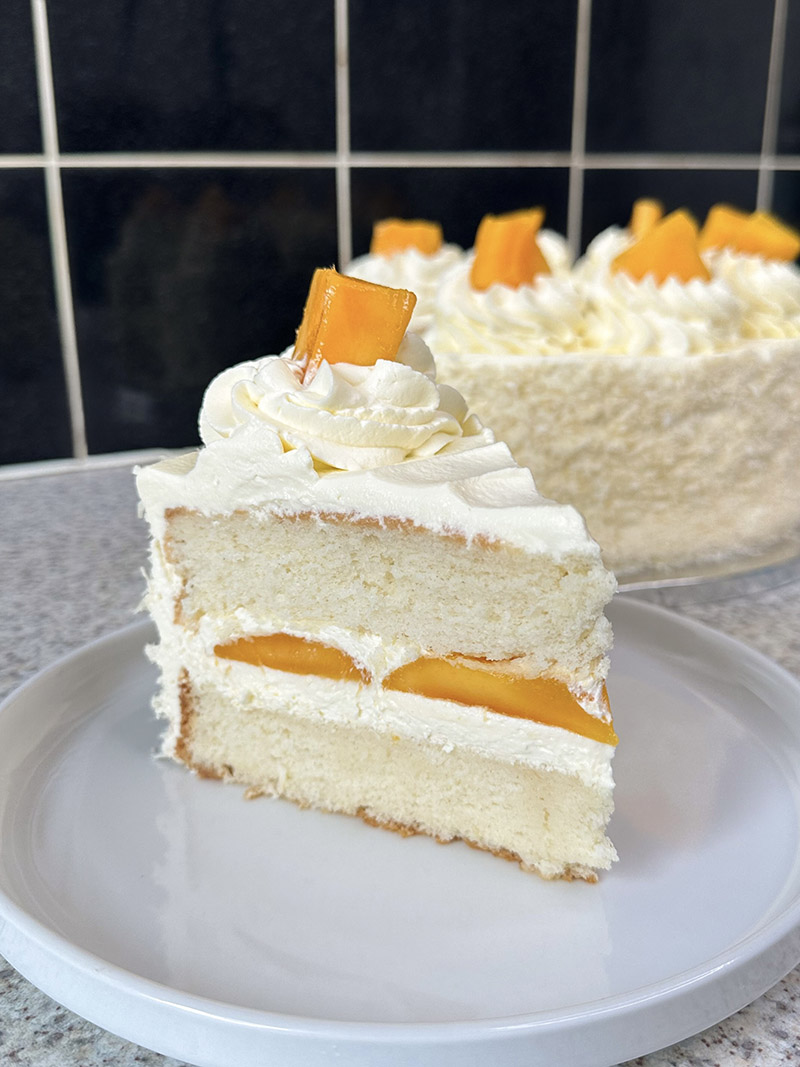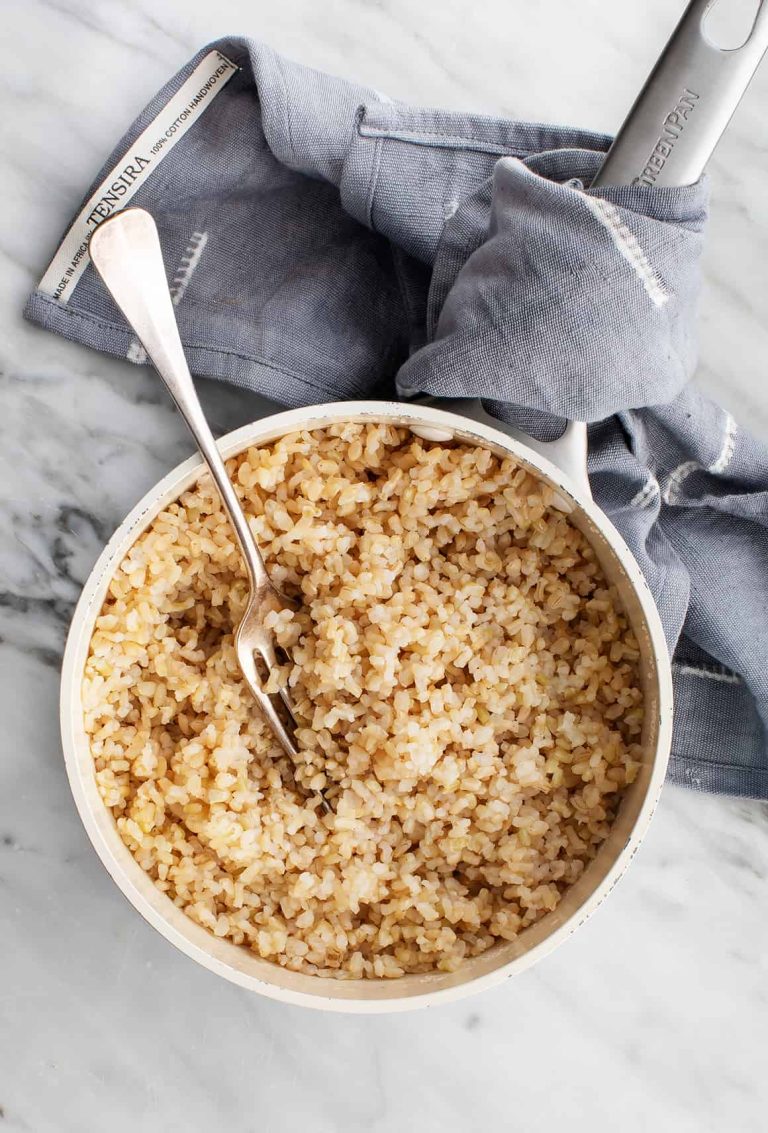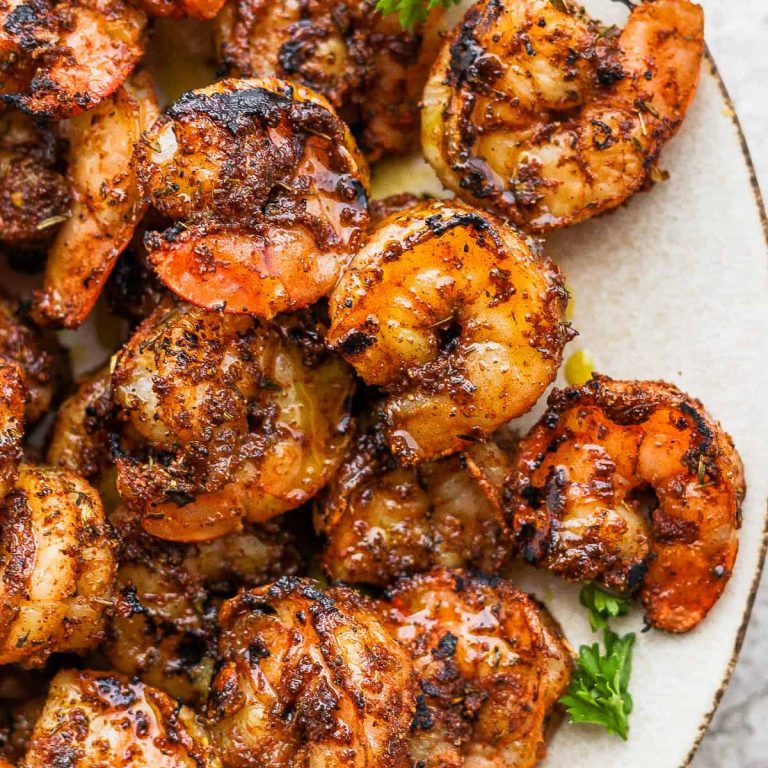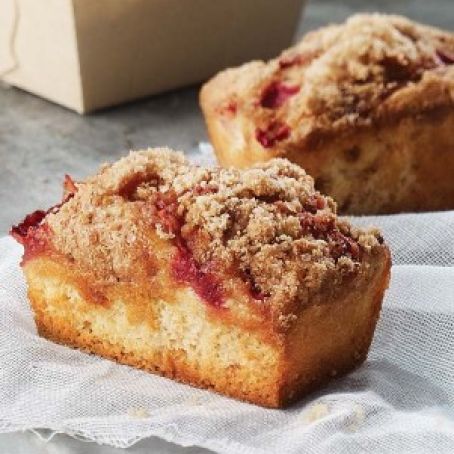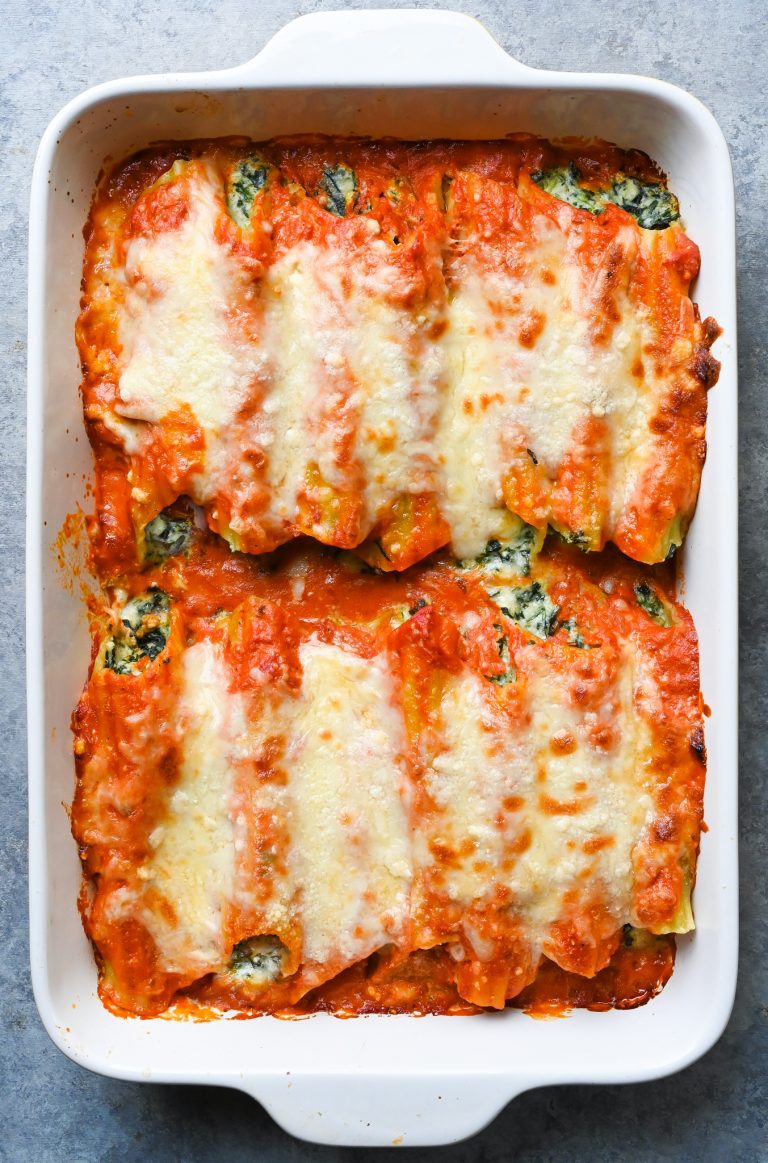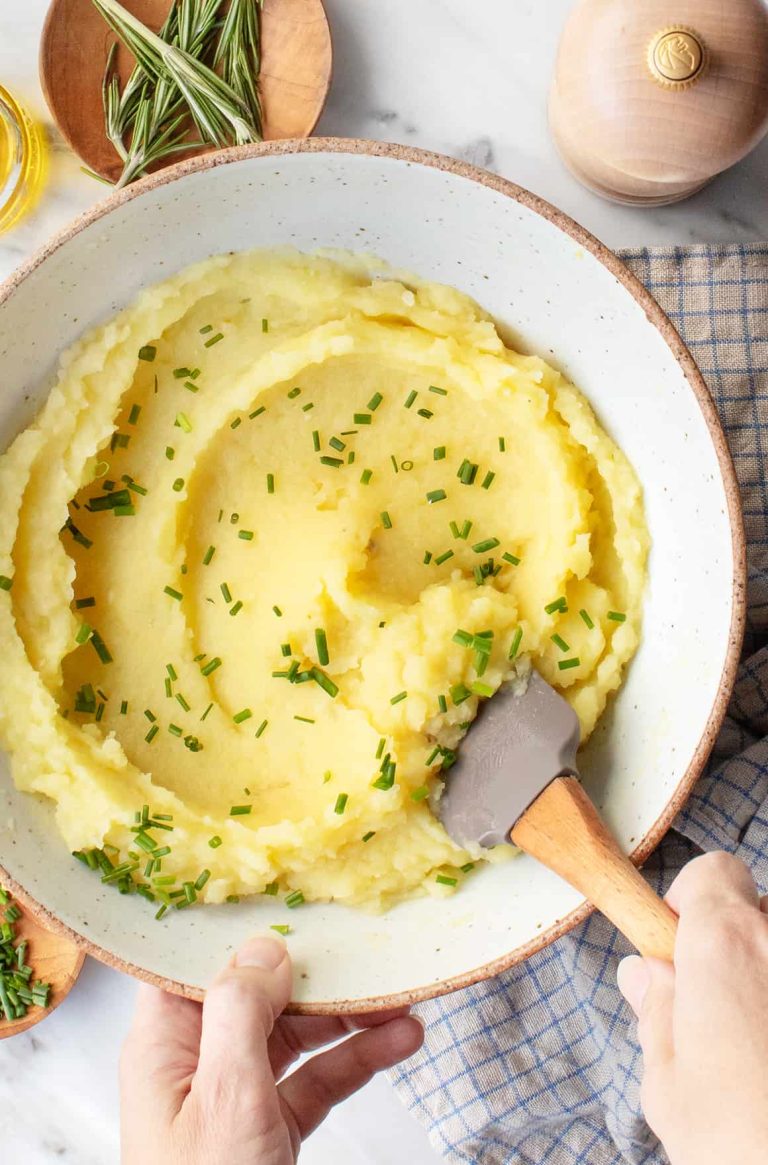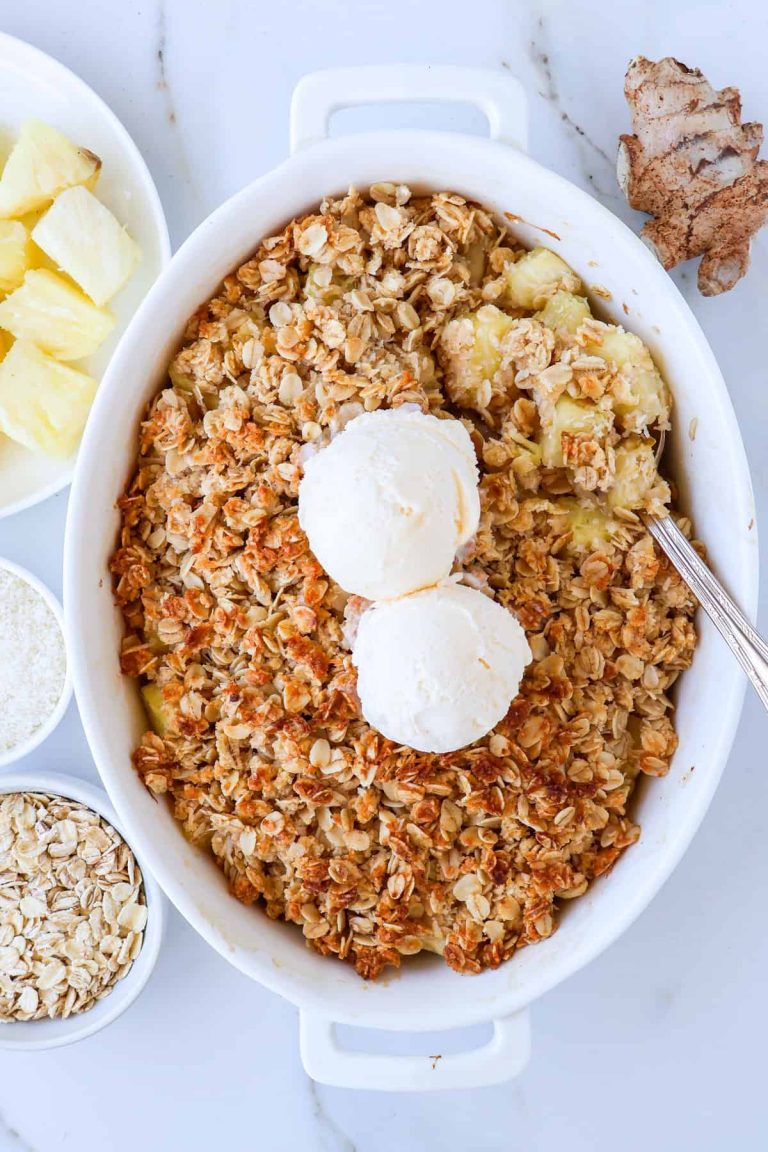Mango Cake Recipe
Mangoes rank among the most beloved fruits worldwide, with consumption spread across continents. They feature prominently in cuisines from India to the Philippines, Brazil to Thailand. The appeal lies in their sweet, juicy flavor and versatility. Mangoes enhance beverages, salads, and savory dishes, providing a tropical essence.
In Asian countries, you’ll find mangoes in sticky rice desserts and chutneys. Latin American countries use them in smoothies, sauces, and ice creams. This global fascination ensures mango’s widespread availability and influence in culinary traditions.
Why Mango Cake Stands Out
Mango cake stands out due to its unique flavor and texture. The rich, sweet taste of ripe mangoes blends perfectly with a moist, fluffy cake. This combination creates a delightful dessert experience that’s both exotic and familiar.
Mango cakes serve at various events, from birthdays to weddings. They offer a fresh alternative to traditional cakes like chocolate or vanilla. The vibrant yellow color adds a visual appeal, making it an attractive centerpiece. Additionally, it appeals to a wide audience, including adults and children, due to its refreshing taste and eye-catching presentation.
To illustrate, you may find mango cakes adorned with fresh mango slices or filled with mango puree. These variations showcase mango’s adaptability, enhancing the cake’s overall charm.
Ingredients That Make Delightfully Exotic Mango Cake Special
The Role of Fresh Mangoes
Fresh mangoes serve as the star ingredient in mango cake. Their sweetness and acidity balance the cake, providing a natural, fruity flavor. When ripe, mangoes contribute a vibrant yellow color and a juicy texture, enhancing the cake’s visual appeal and taste profile. Alphonso mangoes, known for their rich flavor, are ideal choices. You can use fresh mango slices, puree, or juice, ensuring the mango essence shines throughout the cake.
Complementary Ingredients
The complementary ingredients play an essential role in elevating the mango flavor of the cake. Flour provides the structural base, while sugar enhances sweetness and balances mango acidity. Eggs add moisture and stability, giving the cake a tender crumb. Butter or oil contributes to the richness, and baking powder or baking soda ensures the cake rises well.
Cream and cream cheese often form the basis of a decadent frosting, intensifying the cake’s luxury. Lemon juice or zest introduces a tangy contrast, highlighting the mango flavor. Almonds or pistachios add a nutty crunch, while spices like cardamom offer a subtle, aromatic hint, making each bite of the cake a memorable experience.
Step-by-Step Guide to Making Delightfully Exotic Mango Cake
Preparing the Mango
Select ripe mangoes for the best flavor and texture. Peel and dice two to three mangoes into small pieces. Puree half of the diced mangoes until smooth, reserving the other half for later use. If mangoes are overly juicy, strain the puree to remove excess liquid. This ensures the cake batter doesn’t become too watery.
Mixing and Baking
Preheat your oven to 350°F (175°C). Grease and flour a 9-inch round cake pan. In a large mixing bowl, cream 1 cup of sugar with 1/2 cup of softened butter until light and fluffy. Beat in two large eggs, one at a time, ensuring each is well incorporated. Add the mango puree, mixing until thoroughly combined.
In another bowl, whisk 2 cups of all-purpose flour with 2 teaspoons of baking powder and 1/4 teaspoon of salt. Gradually add the dry ingredients to the wet mixture, mixing just until combined. Fold the remaining mango pieces into the batter.
Pour the batter into the prepared cake pan. Bake for 45 to 50 minutes, or until a toothpick inserted into the center comes out clean. Allow the cake to cool in the pan for 10 minutes before transferring it to a wire rack to cool completely.
Serving and Presentation Tips
Ideal Serving Suggestions
Serve mango cake slightly chilled for the best experience. The cold temperature enhances the refreshing flavor of the mango. Use a sharp knife to cut clean slices, preventing the cake from crumbling. Consider pairing each slice with a dollop of whipped cream or a scoop of vanilla ice cream; the creaminess complements the fruity taste. For added texture, sprinkle chopped nuts like pistachios or almonds on top. Additionally, garnishing with fresh mint leaves can amplify the tropical vibe.
Decoration Ideas
Decorate the cake with thin mango slices arranged in a spiral pattern on top. This not only looks appealing but also reinforces the mango theme. Use edible flowers like marigolds or pansies to add a touch of elegance. For a more festive look, drizzle a mango glaze over the cake; combine mango puree with a bit of powdered sugar and lemon juice. Add contrast and visual interest by incorporating berries such as raspberries or blueberries. Lastly, dust the edges with powdered sugar for a subtle yet refined finish.
Conclusion
Creating a delightfully exotic mango cake is a wonderful way to celebrate the beloved mango. With its rich flavor and moist texture, it’s perfect for any special occasion. Using fresh mangoes ensures natural sweetness and vibrant color, while ingredients like flour, sugar, eggs, and butter enhance the essence of mango.
Remember to serve your mango cake slightly chilled to bring out the best flavors. Pair it with whipped cream or vanilla ice cream, and consider garnishing with nuts and mint leaves for added texture. For decoration, thin mango slices, edible flowers, and a mango glaze can elevate the cake’s presentation.
Your guests will surely appreciate the tropical twist and decadent taste of your mango cake.
